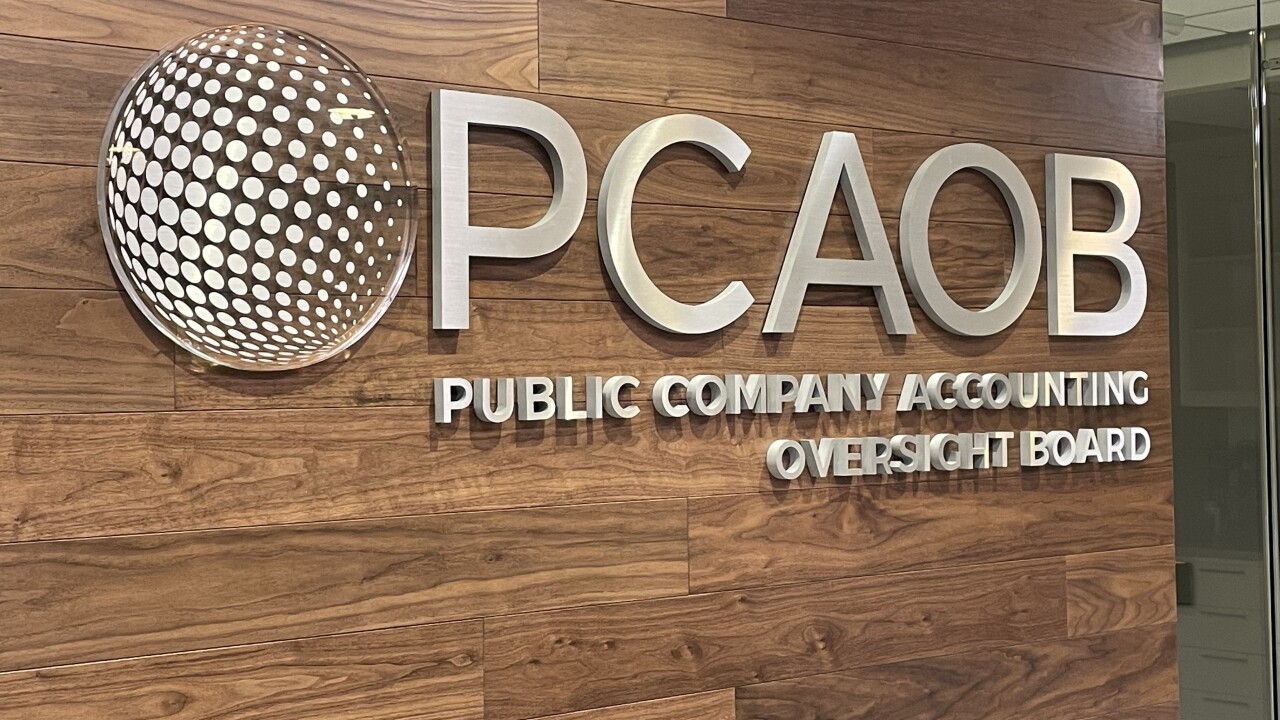IMGCAP(1)]As a CPA and attorney at law, this office has certainly seen its share of food service industry examinations, both at the federal and state levels.
It seems our office always has a food service examination or appeal on our calendar or docket. This could be a regional issue, but there appear to be a flurry of IRS examinations of restaurants, and sales/meals tax examinations happening at the state level.
As many tax preparers and representatives know, the IRS doesn’t reveal how a tax return is selected for examination. They simply refer to the mystical Discriminatory Inventory Function, or DIF, score, as the culprit. This practitioner thinks the true culprit behind the current uptick in audit activity is Form 1099-K, and it may be with us for a while.
The form dates back to 2011, and was supposed to allow business taxpayers to reconcile credit card receipts with “other” receipts and gross receipts. Remember that? Form 1099-K would be provided to the taxpayer (and the IRS). By showing gross merchant card receipts, it would “help” with this endeavor.
The form caused something of a stir with those who hadn’t seen a draft copy of Form 1065 or Form 1120 late in 2010, as this would be a new accounting obstacle. In a widely circulated letter from IRS Acting Commissioner Steven Miller to National Federation of Independent Business senior VP Susan Eckerly, it was revealed that one line item for gross receipts was adequate, and that “2012 income tax forms will be modeled on the 2010 income tax forms. No other changes to these forms related to payment card reporting are contemplated” (see
Ah, no change—a practitioner’s favorite phrase.
Well, in all that scuttlebutt, the accounting work was negated, but the IRS knew this. Their mission was nonetheless accomplished. This practitioner would suggest that the entire 1099-K mechanism was implemented with the intent of securing audit leads in search of unreported income. There was no “industry victory” upon receipt of Commissioner Miller’s letter. Now that the IRS is armed with information from the 1099-K, it is very easy to ascertain the percentage of credit card sales to gross sales, with the corresponding variance representing “other sales.” If those “other sales” do not reflect a “representative” percentage to total sales, the tax authorities have an audit lead.
To get back to the restaurant industry, putting this into a financial example is easy. Let’s say there are two restaurants, and each is generating $1 million in sales. Restaurant X does 75 percent in credit card sales, and Restaurant Y earns 95 percent in credit card sales. Restaurant Y is an audit lead. It’s that simple, and this practitioner would suggest that this is happening right now, with many, many more to come.
Now, make no mistake, unreported income is problematic, and examinations are necessary. We have a voluntary tax system, and without examinations from the taxing authorities, the United States would resemble Greece’s economic model, or worse, that of Italy. We all get that. But there is no guidance currently in existence that is representative of what restaurants generate in credit card vs. other (i.e., cash) gross receipts. The IRS and other taxing authorities are armed with data flowing in from all the 2011 and 2012 restaurant tax returns, and are using them for leads, but the restaurant industry is not defending itself.
Frankly, the restaurant and food service industry trade organizations need to play a better role in ascertaining what the credit card to gross receipts percentages are for different regions and types of restaurants, and releasing that data to their membership. If tax practitioners don’t know what the expected ranges are, they won’t know what questions to ask in helping their clients in their reporting obligations. They won’t even know whether there is a question to ask.
For those who prepare financial statements, how can one possibly conduct any due diligence of gross receipts without knowing the credit card percentage benchmarks? For business valuation specialists, how can an accurate restaurant valuation be performed without this type of analysis?
This practitioner is hopeful that, at some point, the restaurant industry or the AICPA (or some other accounting trade organization) will take the initiative in conducting polls, then publishing the results, so that the accounting profession can see what the restaurant industry collectively concludes are representative “credit card to total gross receipts percentages.”
In this practitioner’s opinion, this is becoming the biggest issue in the restaurant industry, so let’s hope some attention is being drawn to it.
Paul Mancinone is a CPA and attorney at law, and represents businesses and individuals before the IRS. His office is located in Springfield, Mass.





